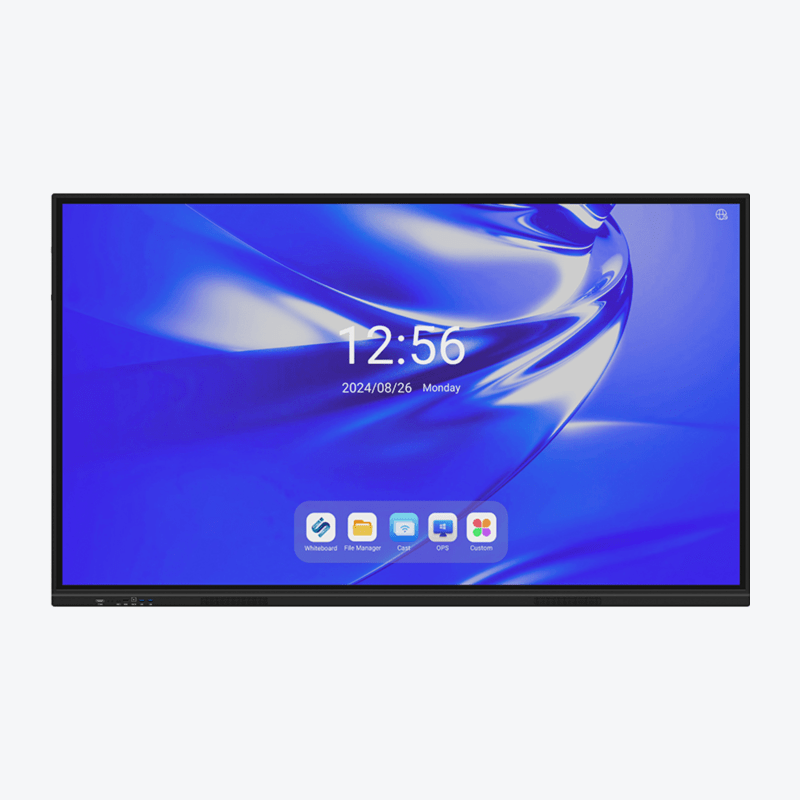Understanding the Impact of Modern Display Technologies in Business
The evolution of digital display technology has revolutionized how businesses communicate, engage, and interact with their audiences. From retail stores to corporate offices, digital displays have become an integral part of modern business infrastructure. These versatile tools serve multiple purposes, from advertising and information sharing to enhancing customer experiences and streamlining operations.
The right digital display solution can dramatically transform your business environment, boost engagement rates, and deliver measurable returns on investment. However, with the vast array of options available in today's market, selecting the perfect display system requires careful consideration of various factors, including your specific business requirements, budget constraints, and long-term objectives.
Essential Considerations for Digital Display Selection
Display Size and Resolution Requirements
When evaluating digital display options, size and resolution are paramount considerations that directly impact viewer experience. The optimal display size depends on your viewing environment, including factors such as viewing distance, room dimensions, and ambient lighting conditions. For instance, a retail environment might benefit from larger displays visible from greater distances, while a conference room might require a more modest size that doesn't overwhelm the space.
Resolution plays an equally crucial role in ensuring content clarity and professional presentation. Modern digital displays offer various resolution options, from Full HD to 4K and even 8K in some cases. While higher resolutions provide superior image quality, they also come with increased costs and specific content requirements. Consider your typical content type and viewing distance to determine the most appropriate resolution for your needs.
Environmental Factors and Installation Location
The physical environment where your digital display will be installed significantly influences the type of display you should choose. Indoor installations in controlled environments have different requirements compared to outdoor or semi-outdoor locations. Factors such as ambient light, temperature fluctuations, and exposure to elements must be carefully evaluated.
For outdoor installations, weather-resistant digital displays with high brightness capabilities are essential to ensure visibility in sunlight and durability in various weather conditions. Indoor installations might focus more on anti-glare features and viewing angle optimization, especially in spaces with multiple light sources or wide viewing areas.
Technical Specifications and Connectivity Options
Display Technology Types
Different display technologies offer varying benefits and are suited to different applications. LED displays provide excellent brightness and energy efficiency, making them ideal for large-format outdoor applications. LCD displays offer cost-effective solutions for indoor environments, while OLED technology delivers superior contrast and color accuracy for high-end applications.
The choice of display technology should align with your content requirements and viewing conditions. For instance, if you're displaying detailed graphics or text-heavy content, you'll want a display technology that offers sharp resolution and good readability from various angles.
Connectivity and Integration Capabilities
Modern digital displays must seamlessly integrate with your existing systems and support various content management solutions. Consider the available input ports, wireless connectivity options, and compatibility with your content management system. The ability to easily update content, schedule displays, and manage multiple screens from a central location can significantly impact operational efficiency.
Advanced features such as touch capabilities, motion sensors, or integration with mobile devices might also be relevant depending on your intended use case. These interactive features can enhance engagement and provide valuable data about user interaction patterns.

Cost Considerations and Long-term Value
Initial Investment and Installation Costs
The total cost of ownership for a digital display system extends beyond the initial purchase price. Installation costs, including mounting hardware, electrical work, and professional installation services, should be factored into your budget. Additionally, consider any necessary infrastructure upgrades or modifications required to support your new display system.
While it might be tempting to opt for lower-cost options, investing in quality hardware from reputable manufacturers often proves more economical in the long run. Professional-grade displays typically offer better durability, longer warranties, and more reliable performance compared to consumer-grade alternatives.
Maintenance and Operating Expenses
Regular maintenance costs, energy consumption, and potential repair expenses should be considered when evaluating different digital display options. Energy-efficient displays might command a higher upfront price but can deliver significant savings over time through reduced power consumption.
Consider the manufacturer's warranty terms, availability of local technical support, and the expected lifespan of the display system. Some manufacturers offer extended warranty options or service agreements that can provide peace of mind and predictable maintenance costs.
Content Strategy and Management Considerations
Content Creation and Display Requirements
Your content strategy should influence your choice of digital display. Consider the types of content you plan to show, including static images, videos, real-time data, or interactive content. Different display technologies and specifications may be better suited to certain types of content.
The frequency of content updates and the complexity of your content management needs should also guide your selection. Some displays offer built-in content management systems, while others might require additional software or hardware solutions.
Future Scalability and Flexibility
When investing in digital display technology, it's crucial to consider your future needs and potential system expansion. Choose displays and systems that offer the flexibility to grow with your business and adapt to changing requirements. This might include the ability to add more displays, upgrade software features, or integrate with new technologies as they emerge.
Consider whether your chosen solution can accommodate potential changes in content strategy, business operations, or technological advancements. The ability to easily upgrade or modify your system can protect your investment and ensure long-term value.
Frequently Asked Questions
How long do professional digital displays typically last?
Professional-grade digital displays typically have a lifespan of 50,000 to 100,000 hours of continuous operation, which translates to approximately 5-7 years of regular use. However, this can vary significantly based on usage patterns, environmental conditions, and maintenance practices.
What type of display is best for outdoor installations?
High-brightness LED displays are generally best suited for outdoor installations due to their excellent visibility in bright sunlight, weather resistance, and durability. These displays typically offer brightness levels of 2,500 nits or higher and are designed to withstand various environmental conditions.
How can I ensure my digital display investment provides good ROI?
To maximize ROI, focus on selecting a display that matches your specific needs, invest in quality hardware from reputable manufacturers, plan for proper maintenance, and develop a strong content strategy. Regular monitoring of engagement metrics and making necessary adjustments to content and display settings can help optimize performance and return on investment.
Should I choose a touch-enabled digital display?
Touch-enabled displays can be valuable if your use case involves interactive content or customer engagement. They're particularly effective in retail environments, information kiosks, and educational settings. However, they typically come with higher costs and maintenance requirements, so consider whether the interactive features align with your business objectives.




